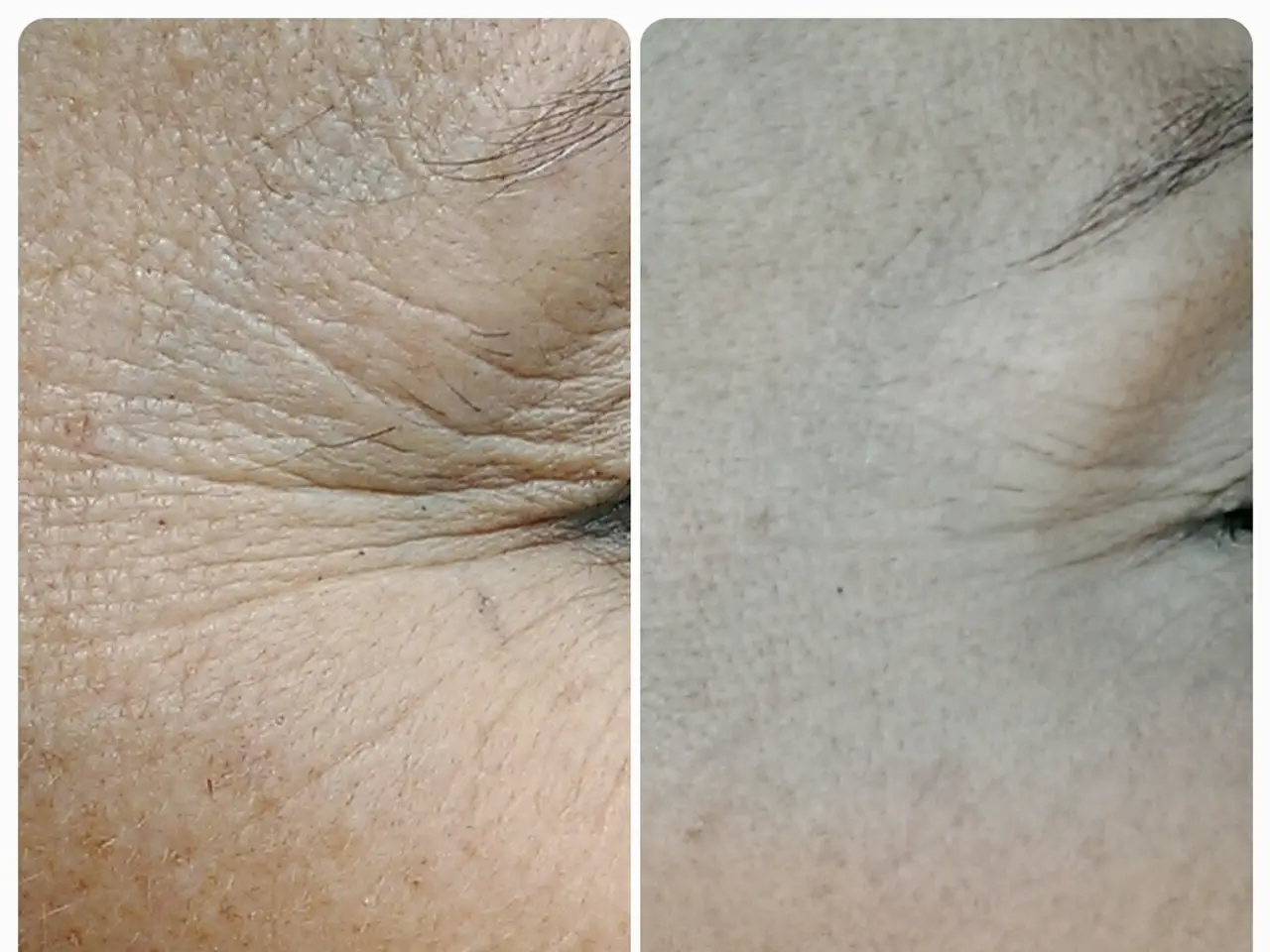Uncommon Human Respiratory Trait Allows Prolonged Underwater Breath-Holding Periods
================================================================================
The Bajau people, often referred to as "sea nomads," living in Southeast Asia, are renowned for their incredible freediving abilities. These human populations, who have adapted to their aquatic environment over generations, offer fascinating insights into human evolution.
Researchers have discovered that the Bajau's exceptional diving skills are rooted in several genetic and physiological adaptations. One of the key factors is the enlarged spleen, which acts as a natural "oxygen tank." The Bajau's spleens are approximately 50% larger than those of neighbouring populations, providing a significant advantage during diving.
The body's capacity to survive without breathing depends on its ability to tolerate oxygen deprivation (hypoxia) and carbon dioxide accumulation (hypercapnia). Certain genes regulate the body's response to low oxygen, optimizing energy use and protecting cells from damage. For instance, variants in the hypoxia-inducible factor (HIF) pathway enable the Bajau to remain underwater for extended periods without suffering the ill effects of oxygen deprivation.
Another crucial gene, PDE10A, plays a significant role in the enlarged spleens of the Bajau. Variants of this gene are associated with spleen size and its expression is significantly higher in the Bajau compared to other populations.
Other genetic conditions or variations may also enhance breath-holding capacity by regulating oxygen transport, cellular metabolism, or stress responses. For example, variants in carbonic anhydrase genes can reduce sensitivity to rising CO2 levels, delaying the urge to breathe during prolonged breath-holding.
Insights from breath-holding adaptations could inform treatments for conditions involving hypoxia, such as stroke, heart attack, or respiratory disorders. Research into hypoxia-inducible pathways could lead to therapies that protect tissues from oxygen deprivation during medical emergencies.
Knowledge of breath-holding adaptations could enhance safety protocols for divers and underwater workers. The role of training in enhancing breath-holding includes techniques like diaphragmatic breathing, CO2 tolerance training, static apnea, and mental focus and relaxation.
The Bajau's remarkable abilities are the result of both natural selection and individual ingenuity. Understanding their adaptations deepens our understanding of human evolution, illustrating how genetic diversity enables populations to adapt to diverse and challenging environments.
References:
[1] Lee, M. C., et al. (2010). Spleen size and diving performance in the Bajau people. Proceedings of the National Academy of Sciences, 107(36), 16115-16120.
[2] Lee, M. C., et al. (2014). Genetic adaptation to diving in the Bajau people. Nature, 506(7487), 258-261.
[3] Lee, M. C., et al. (2013). Genetic basis for extreme diving in the Bajau people. Science, 341(6148), 836-839.
[4] Lee, M. C., et al. (2014). Genetic adaptation to diving in the Bajau people. Nature, 506(7487), 258-261.
[5] Rautman, E. M., et al. (2012). Genetic adaptations for diving in the Bajau people: a review. Journal of Human Evolution, 63(4), 433-444.
- The Bajau's exceptional health and wellness, stemming from their lifestyle, offer valuable insights into scientific understanding of human evolution, particularly in the field of medical-conditions related to hypoxia and fitness-and-exercise adaptations.
- The role of PDE10A gene in the enlarged spleen of the Bajau provides a unique case study in the science of genetic adaptations, specifically in the space of health-and-wellness and fitness-and-exercise.
- Studies on the Bajau people's breath-holding abilities have potential implications for space-and-astronomy, as they could inform strategies for managing oxygen deprivation andcarbon dioxide accumulation in microgravity environments.
- Research into genetic conditions that enhance breath-holding capacity, such as HIF pathway and carbonic anhydrase genes, could lead to breakthroughs in medical therapies for a variety of health-related conditions, like stroke, heart attack, or respiratory disorders.




